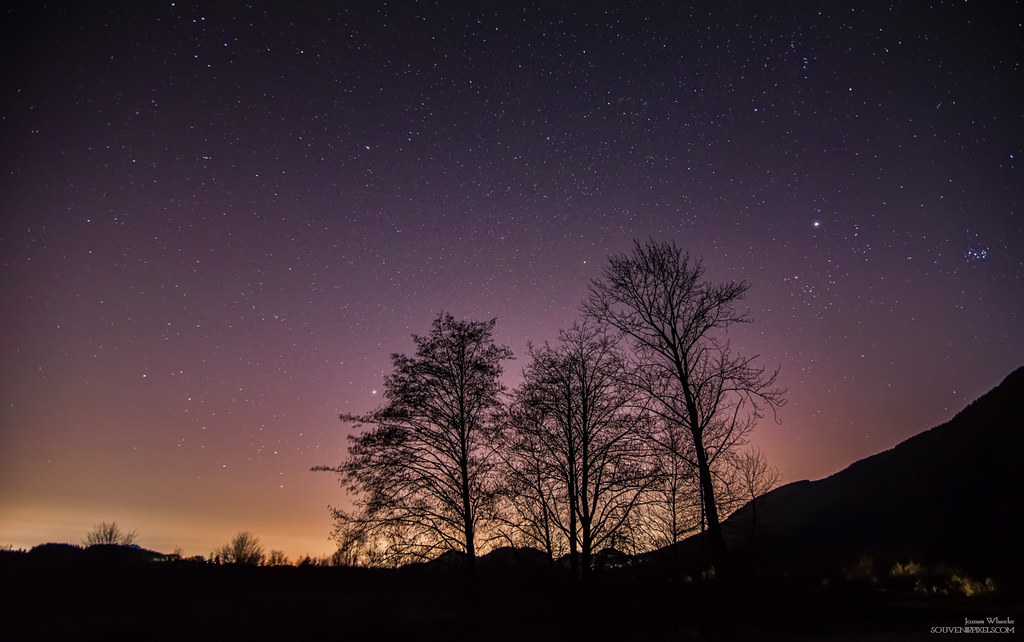“The true levels of light pollution could be around 200% more than was previously thought… It is not just a problem for astronomers but can have devastating effects on animal behaviour and human health.”
.
Low-energy lighting is certainly a good thing – but not necessarily for the environment:
The environmental cost of LED street lights – Vision Group for Sidmouth
Especially for moths and other wildlife:
Light pollution is reducing insect numbers – Vision Group for Sidmouth
The University of Exeter has been looking at this:
The University of Exeter’s Environment and Sustainability Institute (ESI) is conducting one of Europe’s leading research projects into the impact of artificial lighting on plants and invertebrates specifically and, more broadly, on the environment.
The ESI’s Professor Kevin J Gaston is leading a team of researchers whose aim is to meet the unprecedented demand for better data. Financial pressures, new technologies and a richer understanding of the impact of natural-light cycles on many organisms mean local governments worldwide are now in a position to decide to install lighting that does the least environmental harm, while providing the necessary benefits at minimal expense.
The Ecolight Project | Working with natural systems for sustainable futures | University of Exeter
Late last year, his team published the latest research:

Rapid increase in global light pollution — ScienceDaily
And Prof Gaston was on this weekend’s The Sky at Night to talk about it:
Images and data from satellites have made it easy for us to visualise the extent of the growing effects of light pollution around the world, but speaking with Professor Kevin Gaston from the University of Exeter, Chris discovers that our current estimates show that global light pollution could be much worse than past data suggests. Without satellites capable of analysing the light emitted from the now-popular bluer LED lighting, he estimates that the true levels of light pollution could be around 200% more than was previously thought. Kevin and Chris discuss how light pollution is not just a problem for astronomers but can have devastating effects on animal behaviour and human health.
BBC Four – The Sky at Night, Dark Skies
The NLO is also concerned – but in 2015 hoped that safeguards would help:
David Strange, from the Norman Lockyer Observatory, said: “The observatory welcomes all efforts to preserve our dark skies in the locality, and to ensure that future generations can continue to enjoy the majestic sight of our Milky Way galaxy arching over our heads.”
Dark Sky Status to preserve majestic sight for generations | Sidmouth Herald
photo: Coquitlam Light Pollution | Follow me on Twitter | Like on F… | Flickr